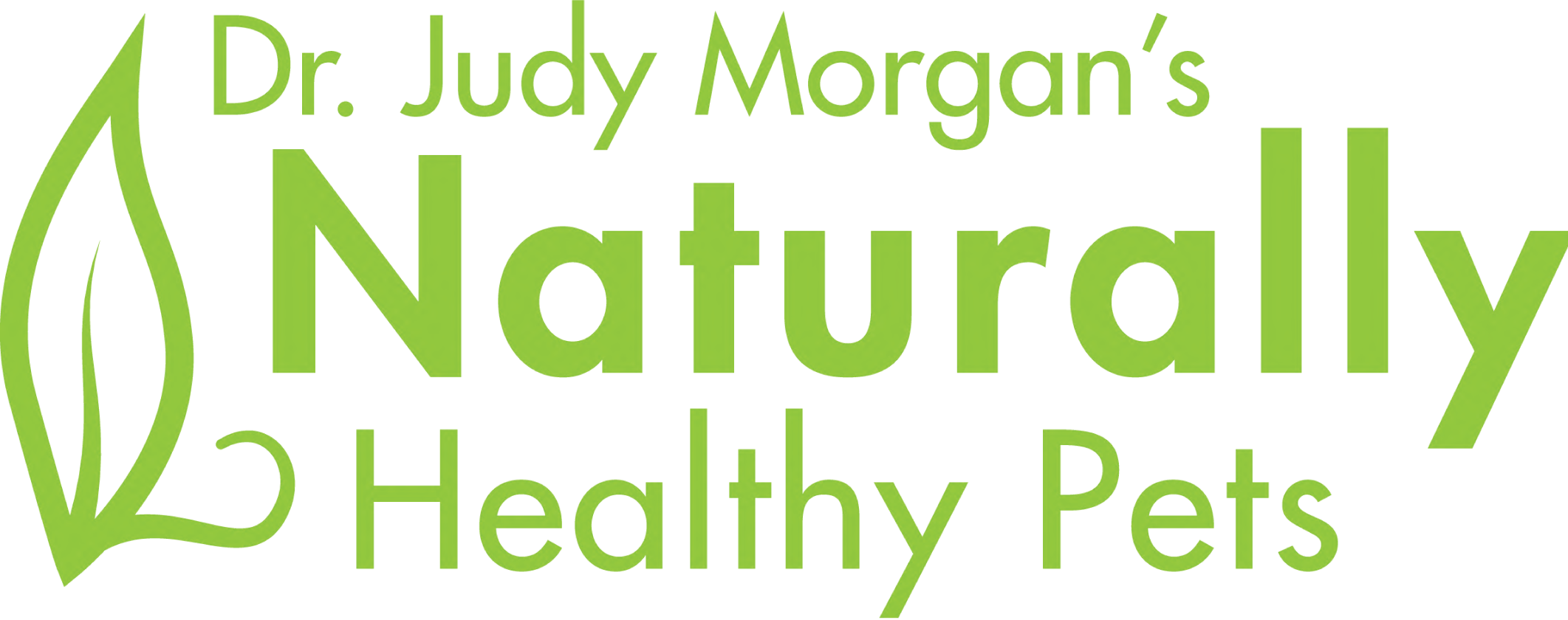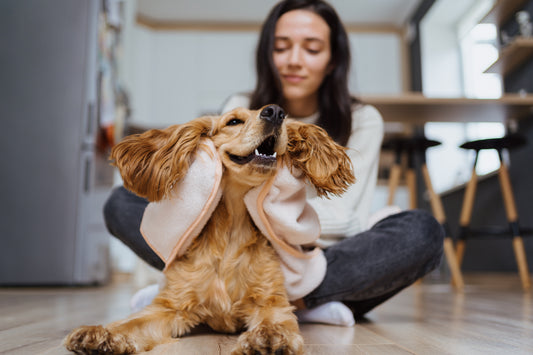This is a continuing blog with the reasons dry kibble is not fit for our pets. In part one I talked about the lack of moisture in kibble. Continuing along that theme:
Some people soak kibble in water before feeding, thinking this will replace the moisture that is lacking. However, in order to get the kibble back to the level of moisture found in whole prey, over 4 cups of water would need to be added to each cup of food. Depending on the quality of the kibble, it may or may not actually soak up the water.
Some kibble remains hard, even after sitting in water for hours. (Test your kibble by adding water and letting the bowl sit.) That hard kibble is not very digestible. Stomach acid will help break it down, depending how long the kibble sits in the stomach. But have you ever seen a pet vomit partially digested food where the kibble comes up whole? This is a common occurrence, particularly with cats.
However, kibble that blows apart and makes a very large volume when water is added can be dangerous for animals prone to bloat. This is one of the reasons owners of large breed dogs will break the meals into several feedings, to avoid production of gas when the kibble swells in the stomach.
Most pets fed dry kibble will drink more than pets that eat high moisture food. Many clients tell me their pets stop, or considerably decrease, water intake when the diet is changed away from kibble.
Unfortunately, cats are not big water drinkers. Their ancestors were desert dwellers and relied on the moisture in their diet for survival. They like their water served fresh, which is why many will only drink from a dripping faucet or immediately after fresh water is placed in the bowl. Cats are extremely sensitive to the smell of bacteria and will shy away from stale water that might be contaminated. They also do not like their water served next to their food, so place the water bowl in a different area. Because cats are not big drinkers, they will make very concentrated urine when they are fed dry food.
In both dogs and cats, the more concentrated the urine, the higher chance of having crystals form in the urine. Crystals cause pain and bleeding in the bladder and can progress to stone formation and urinary obstruction. Higher moisture content in the diet will result in more dilution of the urine. More frequent flushing of the bladder with dilute urine decreases the possibility of stone formation and obstruction.
Any pets that have a history of kidney or bladder stone formation should not be fed kibble. Even the prescription diet kibbles make no sense. These pets need moisture. The prescription diets have added salt to make the pets drink more and chemicals to change the pH of the urine. Why not feed a species-appropriate, high moisture diet instead?
In a funny coincidence, after posting my blog yesterday, I had people arguing that pets will drink enough water to keep themselves hydrated and I was a voo doo Facebook quack for saying pets will suffer from dehydration in the form of Phlegm production and kidney disease. I had a new client consultation yesterday with the owner of an adorable Shih Tzu. Her complaint? Her dog never drinks water even though she is fed dry food. The dog's medical problems? Dry eye with mucous production causing ulceration around her eyes and face, along with bladder stones and sludge in her bladder. Thankfully, the owner realized the cause and effect and had already started adding canned food to the diet. Once the kibble is dropped completely, I know this dog will be feeling much better on her new diet.


